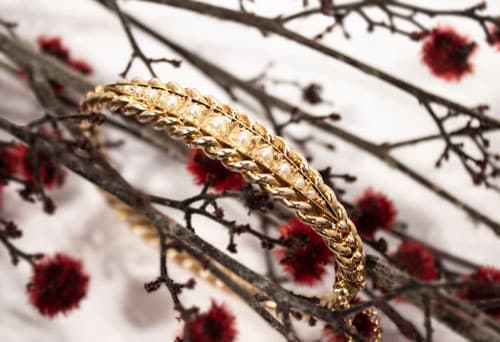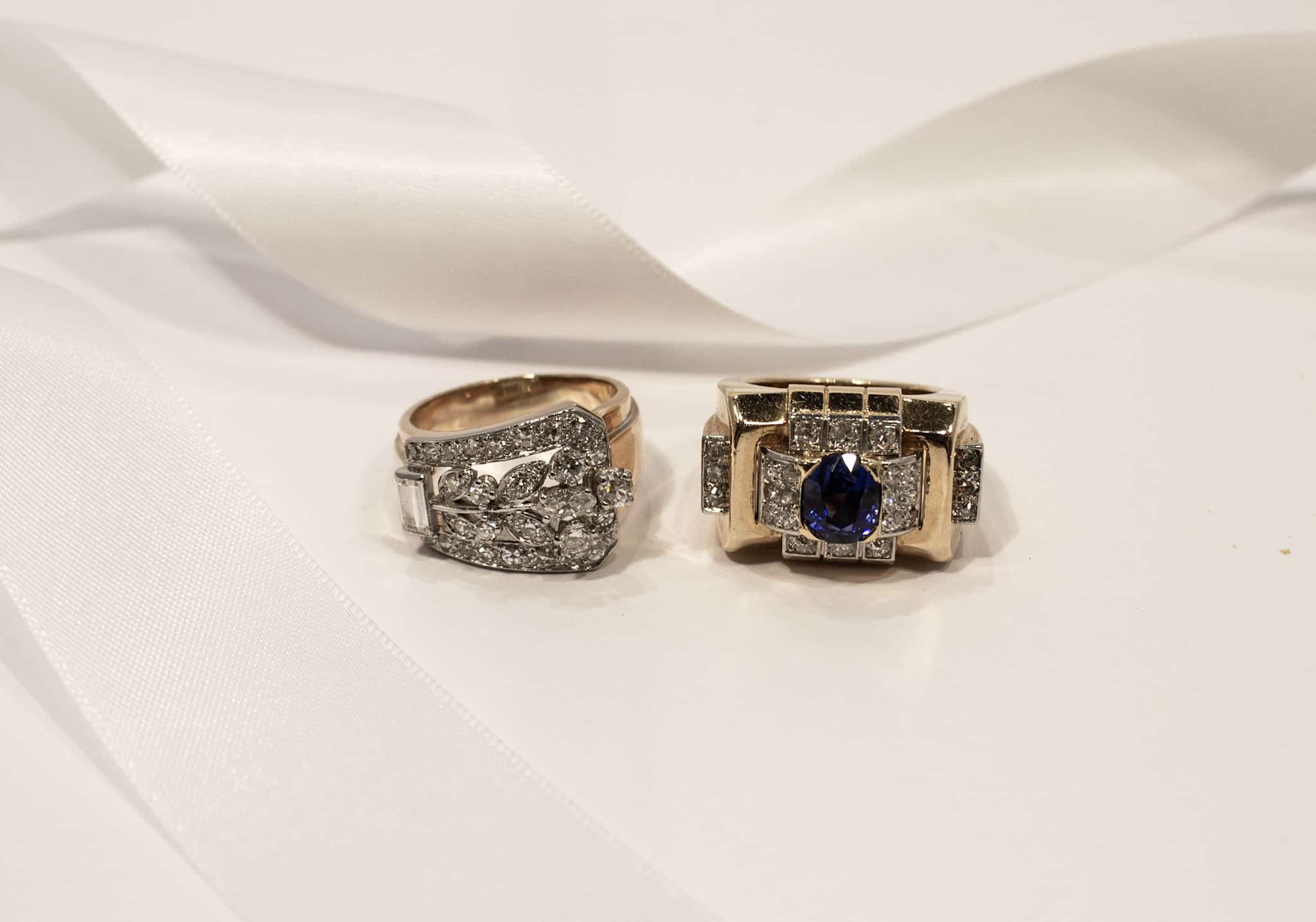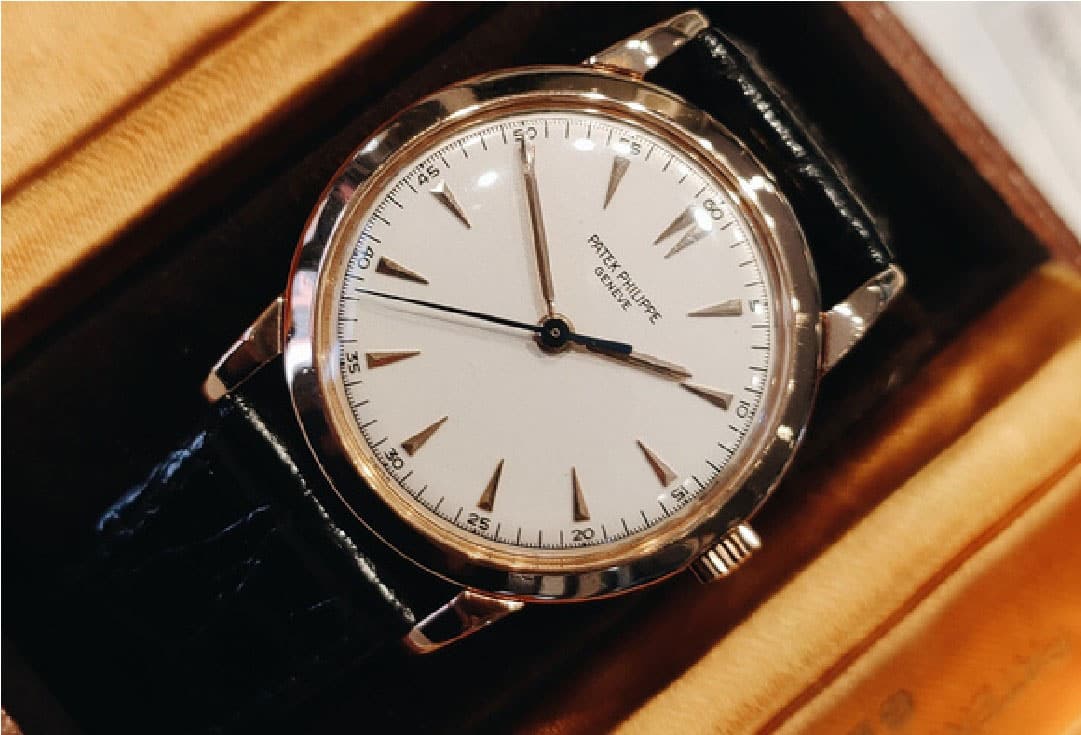
People love antique jewellery and unfortunately for buyers, there are plenty of scammers out there who love to turn a fast profit it by faking it. Fraud like switching gems is about as old as jewellery itself, but there are some ways for the smart buyer to sniff out the fakes. Here are four things experts say buyers should think about before buying an antique piece.
1) Craftsmanship.
Jewellery made a century or more ago that has survived to the present day doesn't tend to be garbage, which is one reason antique pieces enjoy enduring popularity. Jewellery was made by artisans and made to last and experts say that poor quality or craftsmanship in a supposedly vintage piece is one of the biggest red flags that a buyer can spot. As a general rule, the more intricate the work, the more likely the piece is to be genuine, and one dodge to watch out for is antique pieces of jewellery that have been recast with new stones, destroying their status as a genuine antique and leaving an often decidedly shoddy-looking piece of work.
Looking for signs of craftsmanship also extends to checking for the maker's mark a mark generally left in pieces made before the 1950s, often the initials of the maker, which should be easy enough to spot. A little research can be a big help here, remembering that makers tended to change their marks every few years, which still trips up forgers today.
2) Seller and Price.
An important part of spotting fakes is figuring out who is likely to be selling fakes in the first place and as in many other areas, some of the most brazen scammers can be found online. You see an antique piece somewhere like eBay, have a glance at what else the seller has to offer and if it includes 10 more of the exact same piece, you can be pretty certain it's a fake. Experts suggest you ask plenty of questions about a piece's history and how it came to be with the seller questions that no honest seller should have a problem answering.
Price is also an area with plenty of potential to set off alarm bells. If an item's price sounds too good to be true, chances are very high that it is a lot newer that its seller claims.
3) Wear and Tear.
Too many flaws are unacceptable if you intend your buy to be anything more than a conversation piece – but any genuine antique is sure to show at least a few signs of age. Look for what jewellery dealers call the patina: Signs of wear and tear like tarnish and dents that can be found on older pieces that haven't been restored.
4) Certification.
If you're not an expert, there are differences in gemstones that you simply may not be able to spot at all, which is why experts say certification that stones are natural and untreated is very important for certain gems and why demand for experts who can certify stones like emeralds has surged in recent years. This holds especially true for pearls: The difference between natural pearls from 100 years or more ago and cultured pearls from later decades can boost the value of a necklace a thousand times.






